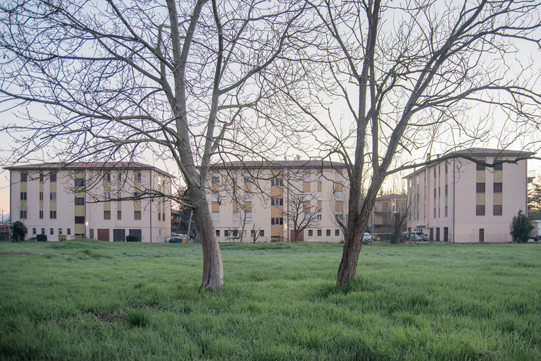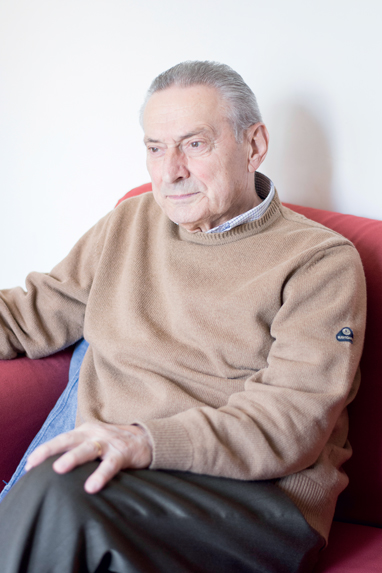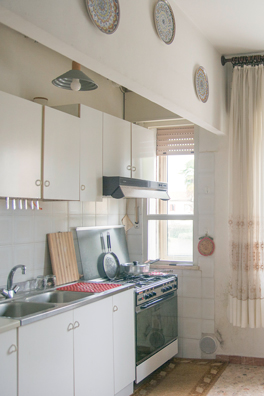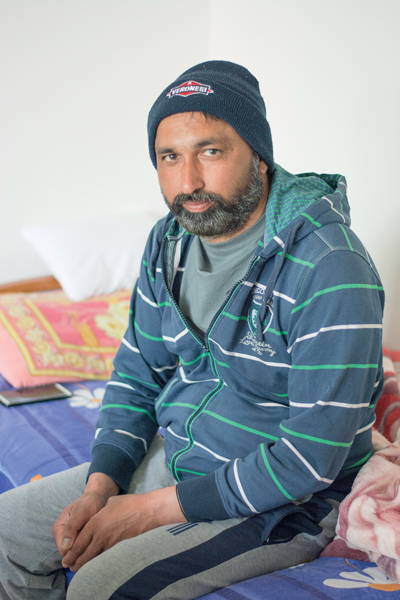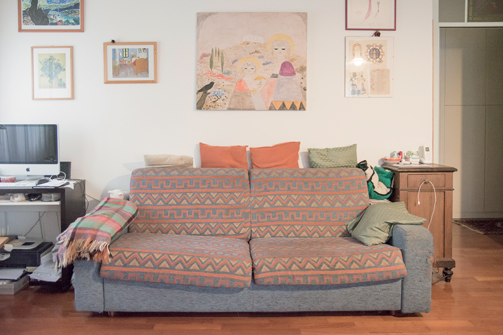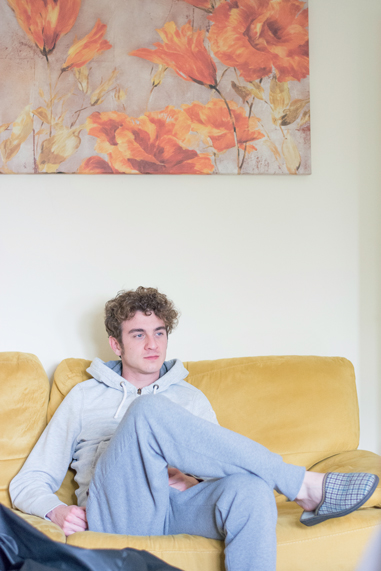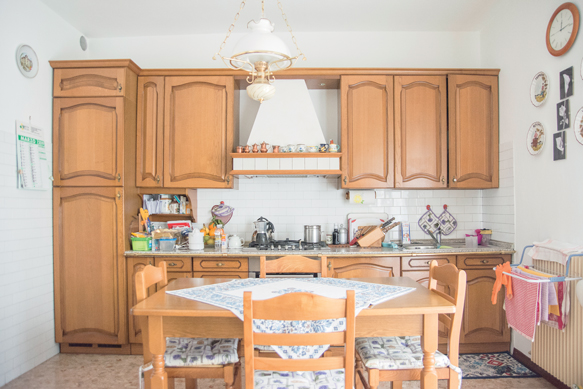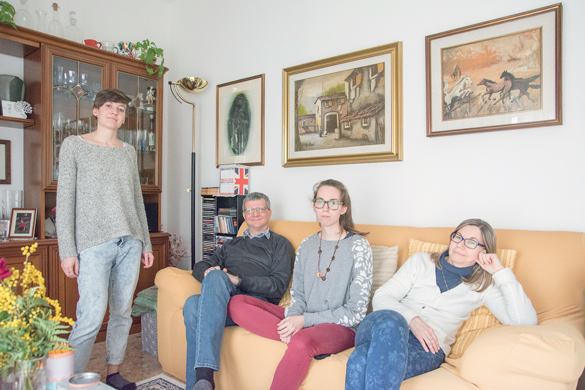Spazio Identità for Pièra n.09
Come lo guardi – testo di Marco Zanta
Nel 1973 uscì negli Stati Uniti un libro di un giovane fotografo, Bill Owens, che descriveva in maniera analitica la vita di una zona periferica della città di Livermore, California. Suburbia indagava all’interno delle case e mostrava i diversi stili dell’abitare. I soli testi del volume erano dichiarazioni delle persone ritratte; raccontavano di speranze, idee, soddisfazioni. Affermazioni che lasciavano intendere quello che sarebbe stato il loro futuro o le conquiste ottenute, mediando il tutto con la rappresentazione della loro casa. In seguito, altri autori hanno compreso quanto utile potesse essere raccontare la società entrando nelle abitazioni. L’aspetto intimo del vivere una casa si è dimostrato efficace per analizzare e comprendere la società contemporanea. Al di fuori della ristretta cerchia personale, questi luoghi rimangono territori sconosciuti ai più, ma nel loro interno si materializzano elementi che tentano di rendere confortevole la vita, fatta di ricordi e di aspirazioni. Lo stile si modifica nel tempo e segue flussi dettati dall’economia, dalla cultura, dalle diverse esperienze che accumuliamo nel tempo. Il progetto fotografico di Silvia Possamai segue un percorso vicino a quello di Bill Owens, sottraendo però informazioni. Questo rende interessante il tutto, perché ci chiama a prendere una posizione, ci rende più vicini a ciò che vediamo. Anche qui le immagini ci portano in periferia, alternando stanze a ritratti delle persone che quei luoghi vivono, ma in questo lavoro Possamai elimina ogni didascalia e quindi viene spontaneo soffermarsi a identificare ogni singolo elemento, cercando dei significati e un raffronto con i volti legati a quelle stanze. Mancano le dichiarazioni dei soggetti. Non abbiamo strumenti che diano delle indicazioni di lettura e di conseguenza ognuno può formulare interpretazioni che hanno relazione tra ciò che vediamo e ciò che siamo.
In 1973 a book by a young photographer, Bill Owens, was published in the United States, which analytically described life in a suburban area of the city of Livermore, California. Suburbia investigated inside the houses and showed the different styles of living. Texts in the volume were statements by the people portrayed; they told of hopes, ideas, satisfactions. Armations that hinted at what their future would be or the achievements obtained, mediating everything with the representation of their home. Later, other authors understood how useful it could be to tell about society by entering homes. The intimate aspect of living in a home has proven effective in analyzing and understanding contemporary society. Outside the narrow personal circle, these places remain territories unknown to most, but within them elements materialize that try to make life comfortable, made up of memories and aspirations. The style changes over time and follows ows dictated by the economy, culture, the dierent experiences we accumulate over time.
Silvia Possamai’s photographic project follows a path similar to that of Bill Owens, but subtracting information. This makes it all interesting, because it calls us to take a stand, it brings us closer to what we see. Here images take us to the suburbs, alternating rooms with portraits of the people who live in those places, but in this work Possamai eliminates all captions so it is natural to stop and identify each single element, looking for meanings and a comparison with the faces related to those rooms. The declarations of the subjects are missing. We don’t have tools that give indications for reading and consequently everyone can formulate interpretations that have a relationship between what we see and what we are.

